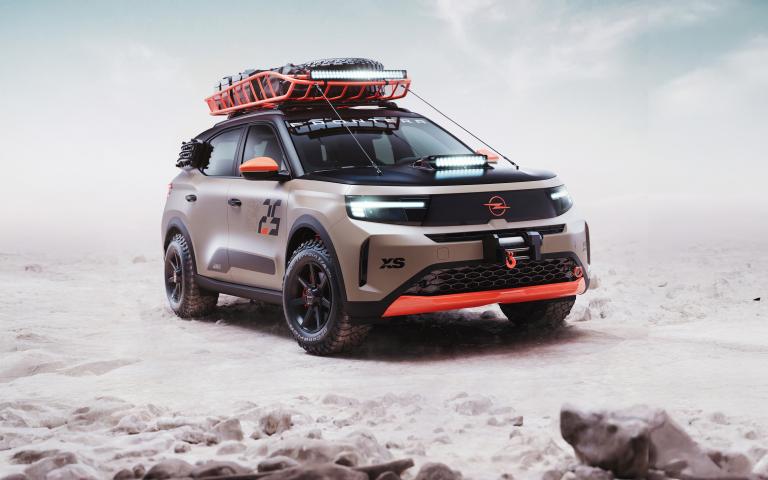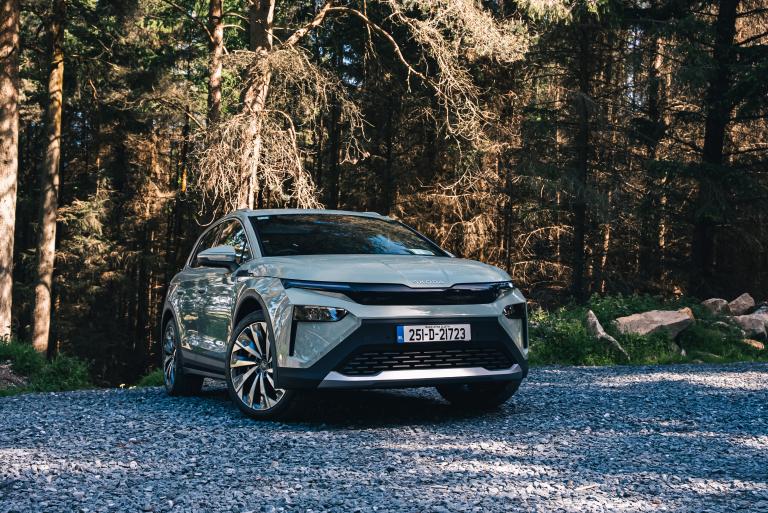Review: The Range Rover Sport for the electric age is a great mix of economy, performance and dynamic handling
Published on 11 December, 2022
Overview
My test car this week is a startling reminder of my own mortality. For many of us struggling to understand TikTok, or turning on the radio and wondering what has happened to music, is a reminder of the passing years. But for me, it’s cars and specifically when they were first launched.
It’s been 17 years since Land Rover launched the Range Rover Sport and I remember it well. It was billed as “the best-performing and best-handling vehicle” that Land Rover had ever built. The international press launch was a two-day jaunt across the Pyrenees and it didn’t disappoint. This was no car for fast farmers; it was a performance-orientated and driver-focused sports car with no discernible agricultural roots.
The Range Rover may have brought luxury and style to the four-wheel-drive sector but the Sport was a very different beast: it was easy to handle and drove like a saloon.
Fast-forward to today and as the automotive world transitions to electric, the new Range Rover Sport has been radically redefined and is now capable of driving in zero-emission mode for more than 100km. An all-electric version is due to launch in 2024.
While reassuringly familiar, the cleaner lines of the exterior give it a more sophisticated appearance than the previous version while inside it’s quietly elegant with intuitive technologies and is reminiscent of its larger sibling, the Range Rover.
A 13.1in curved touch-screen Pivi Pro infotainment system is complemented by a 13.7in interactive driver display. Cocooned in luxury, the Range Rover Sport’s commanding driving position offers the driver great visibility but passengers are just as well looked after with oodles of space in the back.
Part of the charm of the vehicle is just how good it is on the road: while you can never defy gravity, considering the Range Rover Sport’s bulk it’s remarkably agile negotiating narrow roads with well weighted steering.
From its inception, the Sport was all about improving on-road dynamics without compromising off-road ability. A new adaptive off-road cruise control is designed to help drivers navigate tricky terrain. It also comes loaded with safety technology to keep you safe both on and off road.
Our test car was powered by a 3.0-litre six-cylinder Ingenium petrol engine with a 105kW electric motor and 38.2kWh battery. There’s also the option of diesel and petrol engines. The Sport is available in SE, HSE and Autobiography specifications, with a First Edition offered throughout the first year of production. Prices start from €111,400 and it competes with cars such as BMW’s X5 (€109,275), Audi’s Q7 (€104,810), and Merc’s GLE-SUV (€99,800).
The Sport is a compelling combination of economy, performance and dynamic handling. It comes with a hefty price tag but it does compare well with rivals. It’s much cheaper than its larger sibling, the Range Rover. The Sport’s all-electric range of 114km is genuinely impressive. Land Rover has once again built the Swiss Army Knife of cars, blending on-road comfort and luxury with off-road mud-plugging abilities. Seventeen years on, it continues to set new standards in the luxury SUV sector.
Star rating: 5/5
Under the bonnet
Range Rover Sport 3.0 PHEV 440PS SE Dynamic
Starting price: €111,400
Engine: 3.0 petrol, with 105kW electric motor and 38.2kWh battery
Transmission: eight-speed automatic
Co2/Motor Tax: 18-20g/km/€170
Economy: 1.6l/100km
Electric range: 114km
Review: The refreshed Opel Grandland is a good all-round off-roader that is safe and sensible
Latest Reviews

Volvo Reveals World-First Multi-Adaptive Safety Belt

Opel Reveals Adventure-Ready Frontera GRAVEL Concept

Škoda Elroq Video Review